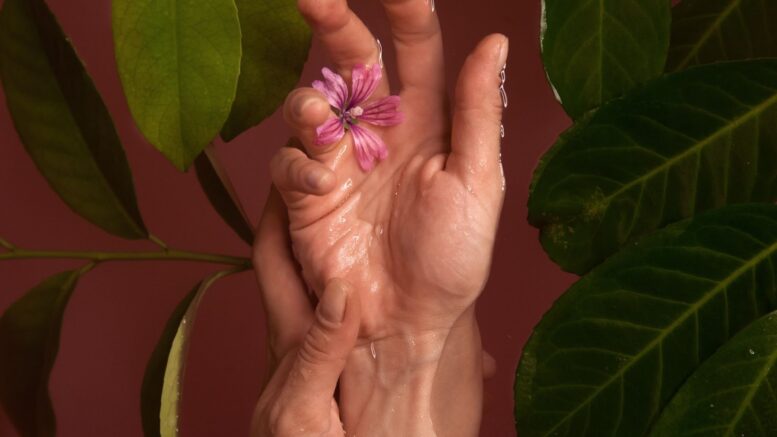When you think about healing methods, leeches might not be the first thing that comes to mind. Since the days of the pharaohs, leeches have been used to treat various health issues, from dental and skin conditions.
In this article, we’ll explore the history of leech therapy, from its ancient origin to its current revival. Discover how the leech therapy center is leveraging this simple and cost-effective method to continue to break barriers in modern medicine while keeping the wounds healing.
Ancient Origins of Leech Therapy
Leech therapy has been quite the shape-shifter over the years. Each passing era adds a new layer of understanding and application, making it an indispensable part of the medical landscape.
Leech Therapy in Ancient Greece and Rome
In the ancient world, leech therapy was already making waves. Hippocrates, often referred to as the father of modern medicine, praised the virtues of leeches. He recognized their potential to treat a wide range of ailments.
The Greeks and Romans shared his enthusiasm, using leeches as a versatile healing tool. From headaches to fevers, these ancient civilizations valued leech therapy for its effectiveness in addressing various health issues.
Leech Therapy in the Middle Ages
As we transition into the Middle Ages, we find leeches maintaining their prominence in medical practices. In medieval Europe, the concept of “bad blood” became central to understanding and treating illnesses.
Leech therapy, also known as hirudotherapy, was like a health superhero back then. It was seen as this fantastic way to purify the body by removing what they thought was “impure” blood. Monastical medical texts give us a treasure trove of knowledge about how this therapy helped keep people healthy in those days.
Leech Therapy in the 18th and 19th Centuries
In the 18th and 19th centuries, leech therapy experienced a remarkable resurgence in popularity, and this revival was marked by the influential contributions of renowned practitioners like Francois-Joseph -Victor Broussais.

Leeches, those tiny creatures with the power to influence blood flow, suddenly grabbed the attention of medical practitioners once again.
Now, let’s talk about Broussais – he was a true advocate for leech therapy. He went all out, conducting extensive research to prove that many diseases were triggered by inflammation. Broussais believed that with their bloodletting action, leeches could work wonders by reducing inflammation and alleviating these conditions.
Renaissance and Scientific Advancements in Leech Therapy
During the Renaissance, an exciting wave of scientific curiosity swept across Europe. What’s fascinating is that leech therapy rode this wave of scientific awakening as scholars and physicians rolled up their sleeves to dig into the nitty-gritty of how it actually works.
- The invention of the microscope allowed researchers to explore the intricacies of blood and circulation. This, in turn, sheds light on the mechanism by which leeches influence the human body.
- These sharp-minded researchers started uncovering the secret sauce with leech saliva. We are here talking about anticoagulants and anti-inflammatory agents that make leech therapy work like a charm.
- Leech therapy gained international recognition during this period. It was not limited to Europe but also found its way into medical practices in Asia and the Middle East.
The Renaissance marked a pivotal point in the history of leech therapy, where scientific inquiry and discoveries reshaped our understanding of its mechanisms and applications.
Decline and Resurgence of Leech Therapy
As the Middle Ages gave way to the Renaissance, leech therapy, once widely practiced, began to decline in popularity. Medieval medical treatments saw significant advancements, including the development of surgical advances, surgical techniques, and the discovery of new medications. These innovations contributed to a decreased reliance on traditional treatments like leech therapy.
Leech therapy made a big comeback in the late 20th and early 21st centuries. Why? Well, modern medicine finally realized the incredible potential of leeches. It turns out their compounds work wonders in microsurgery and other medicinal applications.
So, in today’s healthcare, leech therapy has found its spot as a holistic and complementary treatment. It’s a perfect fit for the rising interest in natural and alternative therapies.
In conclusion
Leech therapy is a fascinating blend of history and modern science, from its use in Medieval medical treatments to its resurgence in our health-conscious era. In this high-tech medical time, do you think there’s still a place for ancient remedies like leech therapy to complement our well-being?
